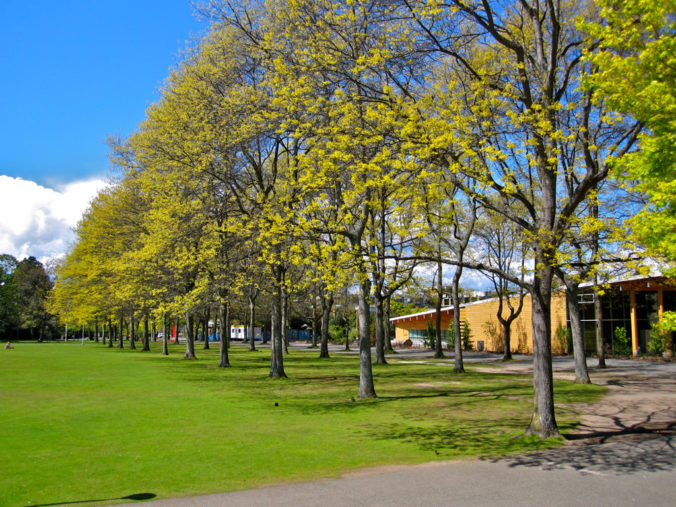I reviewed a blog post on an Orientation to Electronic Health Records (https://pod3patienteducationportal.opened.ca/). Overall, this is a fantastic piece of work. I found it educational and engaging. I have a few thoughts on what makes it so great:
- The overview tells me everything I need to know for the resource, and nothing more. I appreciate the clutter-free simplicity of the beginning. It does not overwhelm me.
- Merrill’s First Principles of Instruction are laid out in visually appealing boxes.
- There is a clear rationale behind the target audience.
- Module links and learning outcomes were bolded. That made them stand out.
- The forums seemed engaging and I liked the specific questions.
- I appreciated the optional resources. It keeps the workload manageable, but gives keen students an opportunity to take on more if they want to do so.
What could be improved:
- The design for inclusion section felt brief. There could be more steps taken to support ELL learners, such as providing a link to a translation service or explicitly stating educators will be available to clarify concepts and meanings if necessary.
- There are some big chunks of text that are hard to read, in the assessment section for example. Text could be broken up into smaller paragraphs for easier reading.
- I personally find bulleted or numbered lists visually appealing and they help me learn as well. Lists could possibly be present to make large chunks of text easier to read.
- Some of the images in the descriptions and rationale section felt too basic and only loosely related to the text.
It is hard to criticize such an amazing piece of work. I am looking forward to seeing the final product!

Recent Comments